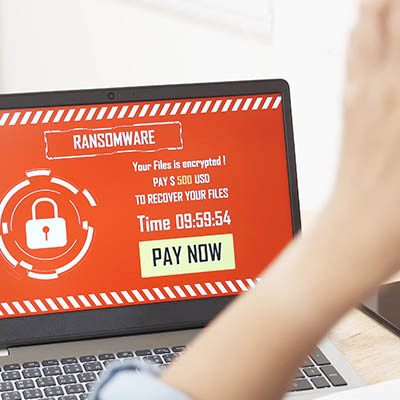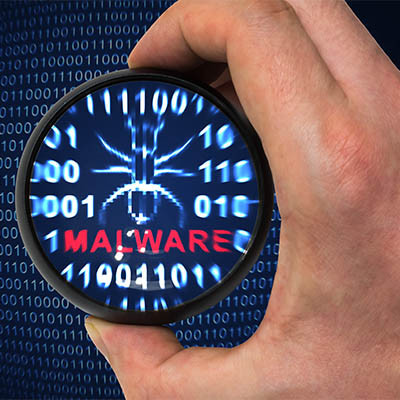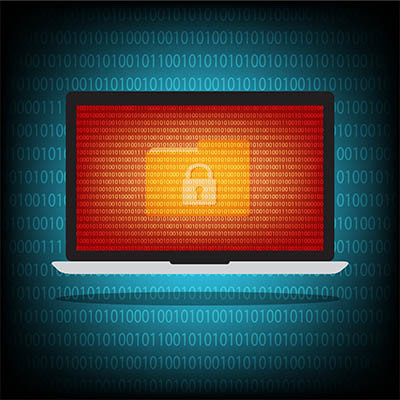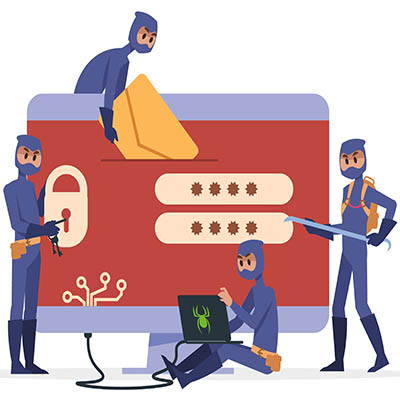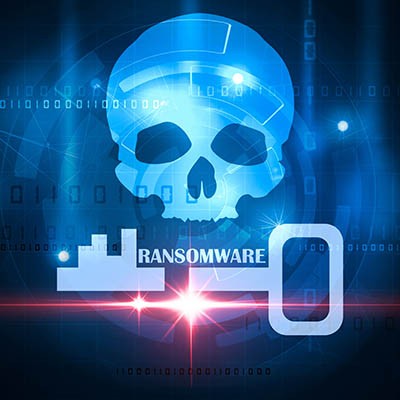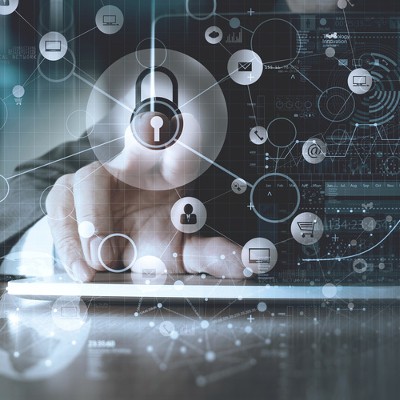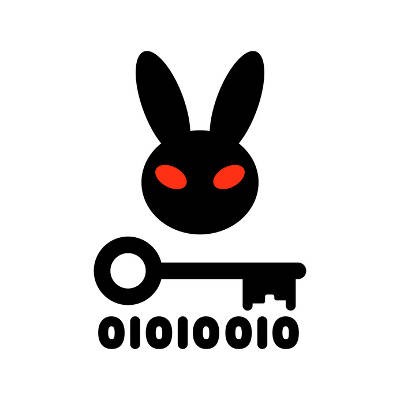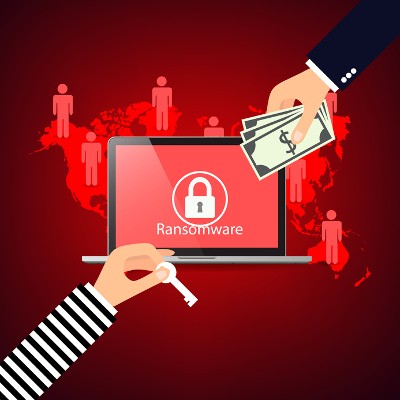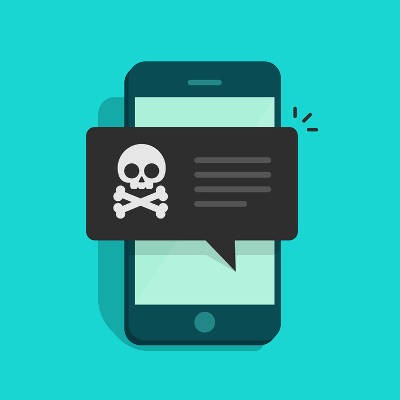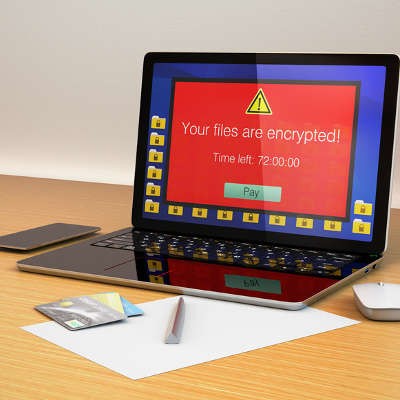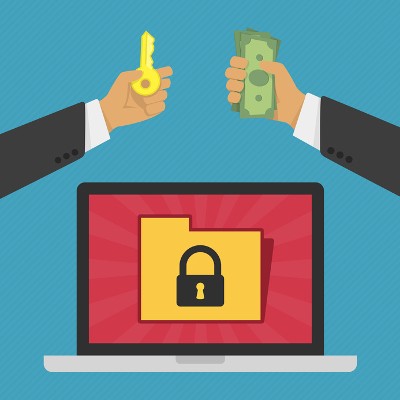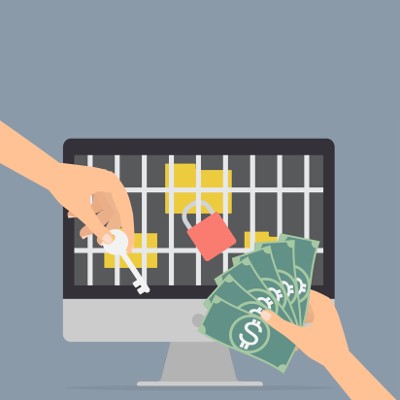Countless high-profile ransomware attacks have surfaced over the past several years, all against targets like manufacturers, pipelines, hospitals, and utility companies. Obviously, these attacks are a cause for concern, but some small businesses might make the mistake of thinking themselves too small to target. Unfortunately, this is simply not the case; we’ll help you protect your business from these devastating cyberattacks.
USA Computer Services Blog
This past May, Ireland’s Health Service Executive—the organization responsible for providing healthcare and social services to the country’s residents—was successfully targeted by a major ransomware attack. Unfortunately, we are still talking about it now because the entire situation has forced us to acknowledge the aftereffects of such an event.
Let’s dive into the details and see what can be learned from this ransomware attack.
What is Kaseya?
Kaseya is a software vendor that works closely with managed service providers (MSPs) to provide IT solutions. The software designed by Kaseya is meant to be used by managed service providers and large enterprises to manage and support technology across multiple networks. As reported by ZDNet, at least 40,000 companies worldwide use at least one tool created by Kaseya.
The attack in question leveraged a vulnerability in Kaseya’s VSA service, which is basically a remote monitoring and management tool.
Since Kaseya plays such a key role in connecting IT companies to the businesses that they support, it should come as no surprise that such a ransomware attack could have profound effects on both the MSP service industry and the countless businesses that are supported by them. If your IT provider happened to use this particular software, there is a good chance that you were unlucky enough to become a victim of this attack, especially if other countermeasures weren’t in place.
The Attack’s Timeline
To give you an idea of how this attack has progressed, let’s take a look at the timeline, as it was reported by ZDNet:
- July 2, 2021: Kaseya CEO Fred Voccola announced that the company experienced an attack against the VSA that was limited to “a small number of on-premise customers.” Voccola also urged users of the VSA service to disconnect all servers hosting the solution in an effort to prevent further infections. Kaseya informed those potentially affected by the attack, as well as shut down their own SaaS servers as a safety precaution.
- July 3, 2021: Kaseya released a Compromise Detection Tool to help customers determine if they have been compromised by the ransomware or not. The tool analyzes the endpoint or server to see if there is any indication of compromise on the system.
- July 4, 2021: Kaseya declared that they had become a “victim of a sophisticated cyberattack,” and brought in external security experts, including Mandiant, to aid in learning more about the attack and resolving the issue.
- July 5, 2021: Kaseya issued the following update: "We are developing the new patch for on-premises clients in parallel with the SaaS Data Center restoration. We are deploying in SaaS first as we control every aspect of that environment. Once that has begun, we will publish the schedule for distributing the patch for on-premises customers."
The attack itself is thought to have been administered via an automated malicious software update, bypassing authentication and executing commands remotely. More information on this attack can be found in Kaseya’s briefing on the incident here.
The Takeaway
Since this particular issue was caused by a zero-day vulnerability (a previously unknown vulnerability) in a provider’s systems, it is hard to fault anyone in particular for this hack, but it does further reinforce the importance of monitoring your system for irregularities, as this attack was only uncovered as a result of such monitoring. Imagine the damage that could have been caused by this threat if it were to remain undiscovered for an extended period of time. It just goes to show that even businesses that do everything right can still become victims of ransomware attacks.
While there are countermeasures to prevent ransomware attacks and restorative measures to get back in business after being attacked, if these measures weren’t in place for a company that was a victim of the attack, things probably aren’t looking very good.
We can’t stress enough that it is critical to have a solid backup solution in place that is regularly tested and reviewed. It’s also a good idea to have your network hardened and evaluated at least once a year to help it withstand ransomware attacks and other threats. Even if you need a second option, we’re happy to help.
Therefore, you should always take preventative measures to ensure that ransomware is as mitigated as possible. We can help your business keep itself safe from threats of all kinds. To learn more, reach out to us at (704) 665-1619.
Once again, ransomware strikes, this time targeting the world’s largest meat processor and distributor, JBS S.A. This disruptive cyberattack forced the company to suspend operations in both North America and Australia, a move which had devastating consequences to the supply chain. What can we learn from this situation?
As is often the case with ransomware attacks, the situation with the Colonial Pipeline hack has grown more complex as more information regarding the attack has been discovered. Here are some of the major developments that you should keep top of mind in the wake of this devastating ransomware attack.
If you were a cybercriminal, what would be your preferred method of launching a ransomware attack? Would you rather create a catch-all threat that could capture as many potential victims as possible, or a calculated approach to land a big one? Despite the proven results of larger ransomware initiatives, most cybercriminals have made the shift to smaller, more targeted attacks against specific companies, and in some cases, individuals.
The Internet is a vast place filled to the brim with threats, especially for businesses that need to preserve the integrity of their infrastructure and keep critical data safe. The Cisco 2017 Annual Cybersecurity Report states that ransomware is growing at a yearly rate of 350%, which is a considerable number to say the least. Here are five tips that can help you keep your business safe from ransomware infections.
Ransomware remains a very real threat, and is arguably only getting worse. Attacks are now able to come more frequently, and there are opportunities for even relative amateurs to level an attack against some unfortunate victim. However, this is not to say that there is nothing you can do to keep your business from becoming another cautionary tale.
Ransomware might be a relatively new player in the battle for the Internet, but its short history shouldn’t belittle the damage that it can do to both businesses and users of personal computers. Perhaps you’ve had the misfortune to encounter it for yourself, and your files were locked down because of it. Regardless, ransomware is now a prevalent part of the online crime scene, and people are using it to extort money from innocent users, making it a considerable threat.
First hackers created a formidable ransomware. Then, when word got out about how to avoid this ransomware, they began to bundle a second ransomware to create an encryption catch-22. Now, the developers of the Petya and Mischa ransomware have adopted a Ransomware-as-a-Service model and have opened their nefarious malware up to distribution.

